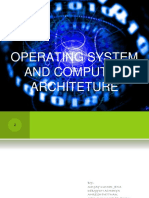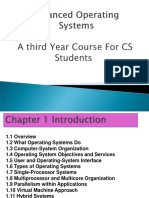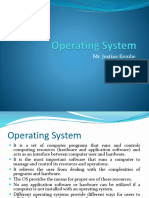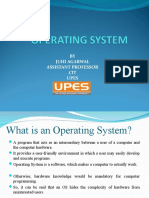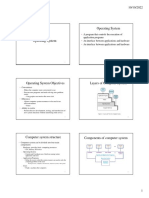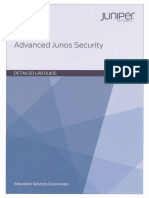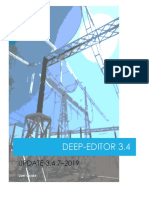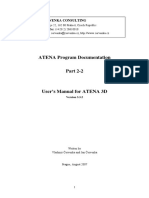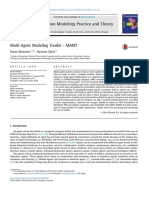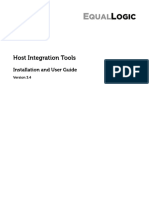0% found this document useful (0 votes)
10 views3 pagesExam Computer Architecture
An operating system (OS) serves as an interface between users and computer hardware, providing essential services such as program execution, file-system manipulation, and security. It includes various types like desktop, server, and mobile OS, and operates through components like the kernel and user interfaces, which can be command-line or graphical. The OS also manages memory, I/O operations, and error detection while interacting with hardware through device drivers.
Uploaded by
cabdullahibile281Copyright
© © All Rights Reserved
We take content rights seriously. If you suspect this is your content, claim it here.
Available Formats
Download as DOCX, PDF, TXT or read online on Scribd
0% found this document useful (0 votes)
10 views3 pagesExam Computer Architecture
An operating system (OS) serves as an interface between users and computer hardware, providing essential services such as program execution, file-system manipulation, and security. It includes various types like desktop, server, and mobile OS, and operates through components like the kernel and user interfaces, which can be command-line or graphical. The OS also manages memory, I/O operations, and error detection while interacting with hardware through device drivers.
Uploaded by
cabdullahibile281Copyright
© © All Rights Reserved
We take content rights seriously. If you suspect this is your content, claim it here.
Available Formats
Download as DOCX, PDF, TXT or read online on Scribd
/ 3









